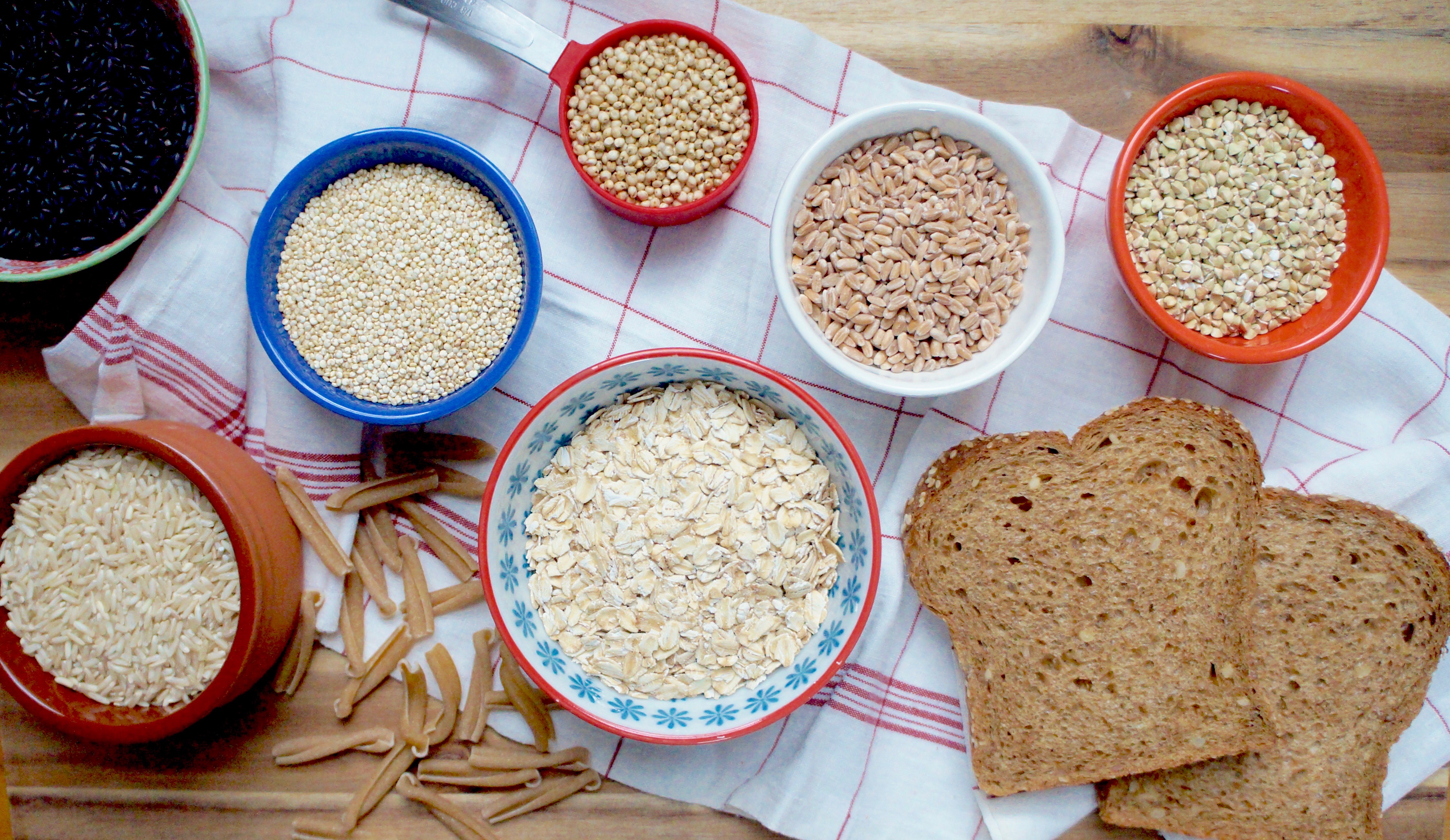Share This
On November 2, 2021, the American Heart Association (AHA) updated their dietary guidance for the first time in 15 years. Not surprisingly, whole grains remain a key feature of a heart-healthy diet according to the AHA.
The new guidance reflects the consistent evidence linking higher whole grain diets with a lower risk of cardiovascular disease, coronary heart disease, stroke, and related conditions. A large 2019 review published in The Lancet found a dose-response relationship for whole grains, indicating that the more whole grains you eat, the lower the risk of heart disease, stroke, and other conditions. Additionally, in a study published in October in The Journal of the American Heart Association, researchers found that in low- and middle-income countries, the largest behavioral risk factor for ischemic heart disease was a diet low in whole grains.
Understanding that our food environment shapes our daily habits, the AHA recommends that “policies should be enacted that encourage healthier default options such as making whole grain rather than refined grain products available and minimizing the sodium and sugar content in products.” We applaud the AHA for taking standard nutrition advice one step further and emphasizing the need for making whole grains a default option that is more readily offered and accessible. Research demonstrates that whole grain exposure helps drive acceptance and can be an important tool to help increase whole grain intake.
While many of the AHA’s key recommendations – such as centering whole grains, fruits, vegetables, and lean proteins – remain consistent with previous editions, the AHA intentionally crafted their updated guidance in ways that resonate with the modern consumer. Specifically, the guidance is distilled into 10 easy-to-understand recommendations (such as “choose foods made mostly with whole grains rather than refined grains”) and encourages customization for meals eaten both at home and outside of the home. Similar to recent iterations of the Dietary Guidelines for Americans, the guidance from AHA also takes care to focus on overall eating patterns, rather than narrow in on individual foods or nutrients.
Additionally, the guidance incorporates a few new recommendations not seen in the 2006 version. One of these is the recommendation to choose healthy sources of protein from mostly plant sources (like legumes and nuts). The other new recommendation is to choose minimally-processed foods instead of ultra-processed foods.
Both of these updates are a wise reflection of where the science has been heading over the past 15 years. Studies show that eating ultra-processed foods may be linked with weight gain, type 2 diabetes, and even shorter telomeres (a sign of aging in our DNA). A 2018 study analyzing the diets of 81,337 adults found that those getting more protein from nuts and seeds were significantly less likely to die from heart disease than those not getting as much protein from nuts and seeds. On the other hand, those getting more protein from animal sources had a higher risk of dying from heart disease. Similarly, studies find that eating protein foods from plant-based sources is linked with a lower risk of all-cause mortality and death from heart disease, a lower risk of early menopause, and a lower risk of heart disease.
The AHA does not mince words when identifying barriers to a heart-healthy diet, such as “targeted marketing of unhealthy foods and beverages, structural racism, neighborhood segregation, and food and nutrition insecurity.” Despite the environmental headwinds, knowing what types of foods make up a heart-healthy diet is an important first step for moving your habits in that direction.
Start with a simple swap, such as incorporating more whole grain foods. Then slowly work your way up, incorporating the other pillars of a heart-healthy diet as well (such as minimizing foods and drinks with added sugars). While the health benefits of whole grains and other nutritious foods are a nice perk, the real bonus is that you’ll be unlocking a wonderful world of flavors that many people never even knew existed. (Kelly)


Comments
Add a Comment